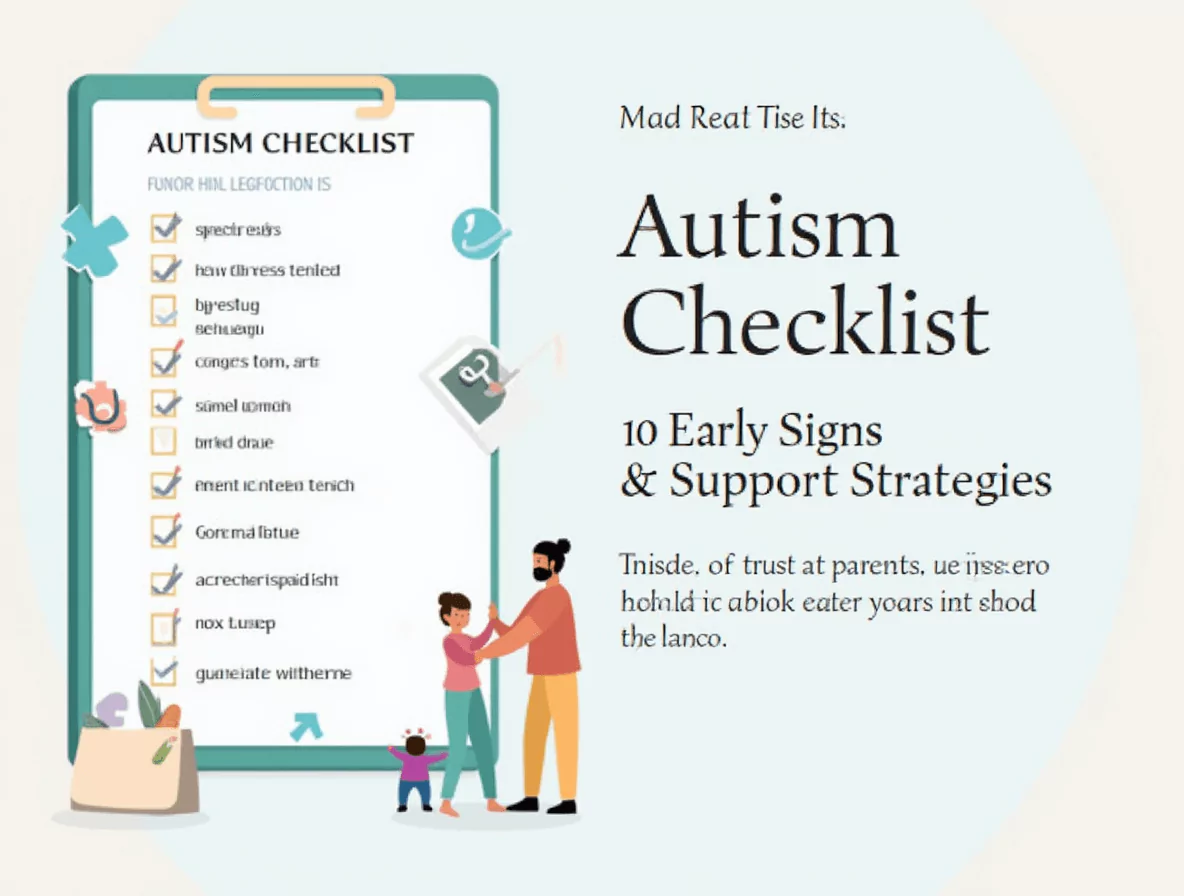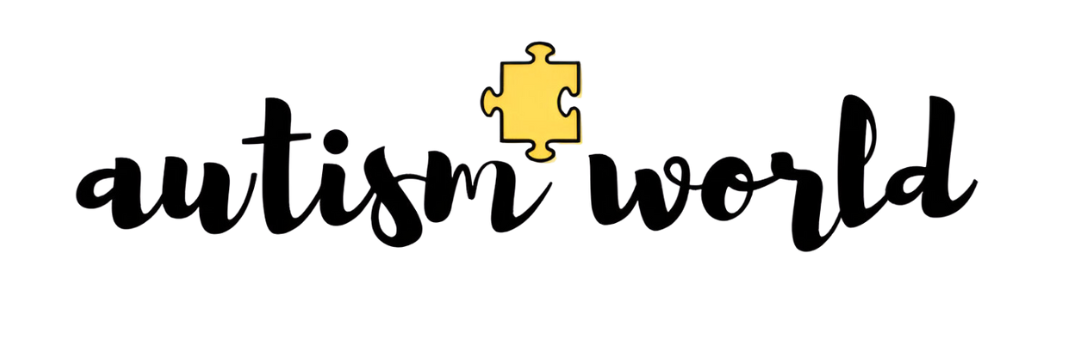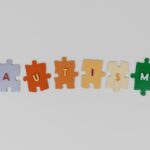With 9 years of experience in the kitchen, I’m passionate about crafting delicious recipes and sharing them with food lovers worldwide. 🍽️✨ Whether it’s a comforting homemade dish or a creative cocktail, my goal is to make cooking fun, easy, and enjoyable for everyone. Join me on this flavorful journey! 🍹🥗

Autism Checklist: 10 Early Signs & Support Strategies [2025]
Autism Checklist: 10 Early Signs & Support Strategies [2025]
Navigating the journey of child development can be filled with questions, especially when it comes to identifying potential developmental differences. One crucial aspect is recognizing the early signs of autism. This comprehensive guide provides an actionable developmental checklist, practical support strategies, and resources to help you understand and support developmental needs. Updated for 2024, this guide aims to empower parents, caregivers, and educators with the knowledge to make informed decisions.
Introduction to the Autism Checklist and Early Intervention
Early identification of developmental differences, including those associated with autism spectrum disorder (ASD), is paramount. The earlier the intervention, the more significant the positive impact on a child’s development. This guide provides a developmental checklist to help identify potential early signs, coupled with actionable strategies to support children exhibiting these characteristics. Our goal is to offer clarity and empower you to take informed steps towards fostering healthy development.
What is Autism Spectrum Disorder and Why is Early Detection Important?
Autism Spectrum Disorder (ASD) is a neurodevelopmental condition characterized by challenges with social interaction, communication, and repetitive behaviors or restricted interests. It’s a “spectrum” disorder because the symptoms and severity can vary widely from person to person. According to the Centers for Disease Control and Prevention (CDC), approximately 1 in 36 children in the United States are diagnosed with ASD.
Early detection is crucial because it allows for timely intervention. Research shows that early intervention can significantly improve a child’s development and long-term outcomes. These interventions can include therapies focused on communication, social skills, and behavioral management. Recognizing the need for a developmental checklist is the first step in this journey.
Early Signs: The Autism Checklist
This developmental checklist highlights key areas to observe. It’s important to remember that not all children with autism will exhibit every sign, and the severity of these signs can vary. If you notice several of these signs, it’s recommended to consult with a healthcare professional.
Social Interaction and Communication
- Limited Eye Contact: Infrequent or inconsistent eye contact.
- Lack of Social Smiling: Not smiling or showing pleasure when interacting with others.
- Difficulty with Reciprocal Interaction: Trouble engaging in back-and-forth play or conversations.
- Lack of Response to Name: Not responding to their name by 12 months of age.
- Difficulty Understanding Social Cues: Trouble interpreting facial expressions, body language, or tone of voice.
Repetitive Behaviors and Restricted Interests
- Repetitive Movements: Rocking, hand-flapping, or spinning.
- Insistence on Sameness: Difficulty with changes in routine or environment.
- Unusual Interests: Intense focus on specific objects or topics.
- Sensory Sensitivities: Over- or under-sensitivity to sounds, lights, textures, or smells.
- Echolalia: Repeating words or phrases.
Remember, this developmental checklist is a starting point. A comprehensive evaluation by a qualified professional is necessary for an accurate diagnosis. If you suspect your child might have autism, documenting specific instances of these behaviors can be very helpful when speaking with a doctor or therapist.
Supporting Development: Actionable Strategies After Using the Autism Checklist
If you’ve used the developmental checklist and have concerns, there are several actionable strategies you can implement to support your child’s development. These strategies focus on fostering communication, social skills, and adaptive behaviors.
Creating a Supportive Environment
- Establish Routines: Consistent daily routines can provide a sense of predictability and security.
- Visual Supports: Use visual aids such as picture schedules, social stories, and visual timers to help with communication and understanding.
- Sensory Considerations: Create a sensory-friendly environment by minimizing overwhelming stimuli (e.g., dimming lights, reducing noise).
Communication Strategies
- Use Simple Language: Speak clearly and use short, simple sentences.
- Visual Communication: Incorporate visual aids like picture exchange systems (PECS) or sign language to support communication.
- Encourage Interaction: Create opportunities for social interaction, even if it’s just a short playdate or a group activity.
Behavioral Support
- Positive Reinforcement: Use positive reinforcement to encourage desired behaviors.
- Functional Behavior Assessment (FBA): Work with a professional to identify the function of challenging behaviors and develop strategies to address them.
- Social Skills Training: Participate in social skills training programs to help your child learn and practice social interactions.
These strategies can be adapted to meet the specific needs of each child. Remember, consistency and patience are key. Connecting with our team through our contact page can offer additional guidance and resources tailored to your situation.
Seeking Professional Help: Next Steps After Using the Autism Checklist
While the developmental checklist can be a helpful tool, it is not a substitute for a professional diagnosis. If you have concerns based on the checklist, it’s important to seek professional help. This typically involves a comprehensive evaluation by a team of specialists.
Who to Contact
- Pediatrician: Your pediatrician can be the first point of contact. They can conduct an initial screening and refer you to specialists.
- Developmental Pediatrician: A developmental pediatrician specializes in diagnosing and treating developmental disorders, including autism.
- Child Psychologist or Psychiatrist: These professionals can provide psychological evaluations and therapy.
- Speech-Language Pathologist: A speech-language pathologist can assess and address communication challenges.
- Occupational Therapist: An occupational therapist can help with sensory sensitivities and fine motor skills.
The Diagnostic Process
The diagnostic process typically involves a combination of:
- Parent Interviews: Gathering information about your child’s developmental history and current behaviors.
- Observation: Observing your child’s behavior in various settings.
- Standardized Assessments: Using standardized tests to assess communication, social skills, and cognitive abilities.
It’s important to be an active participant in the diagnostic process. Provide detailed information and ask questions. A thorough evaluation will lead to an accurate diagnosis and appropriate intervention plan. Explore our services page to see how we can assist you during this process.
Resources and Support Networks After Recognizing Potential Signs on the Autism Checklist
Navigating the world of autism can feel overwhelming, but you are not alone. There are numerous resources and support networks available to help you and your family. Understanding the results of your developmental checklist is just the beginning of accessing these vital resources.
National Organizations
- Autism Speaks: Provides information, resources, and support for individuals with autism and their families.
- Autism Society of America: Offers advocacy, education, and support at the national and local levels.
- National Autism Center: Provides evidence-based information about effective interventions.
Local Support Groups
Connecting with other families who have similar experiences can be invaluable. Local support groups provide a safe space to share experiences, ask questions, and receive support. Search online for autism support groups in your area or ask your healthcare provider for recommendations.
Educational Resources
- Books and Articles: There are many books and articles available on autism, covering a wide range of topics from diagnosis to intervention.
- Webinars and Workshops: Many organizations offer webinars and workshops on autism-related topics.
- Online Forums: Online forums can be a great way to connect with other parents and professionals and ask questions.
Remember to prioritize self-care. Caring for a child with autism can be demanding, and it’s important to take care of your own physical and emotional well-being. Don’t hesitate to reach out for help when you need it. Learn more about us and our mission to support families.
Conclusion: Empowering Families Through Early Intervention and the Autism Checklist
Using a developmental checklist is a proactive step towards understanding your child’s development. Early detection and intervention are crucial for improving outcomes for children with autism. By staying informed, seeking professional help, and accessing available resources, you can empower your child to reach their full potential. Remember, you are not alone on this journey. With the right support and resources, you can create a brighter future for your child.
Frequently Asked Questions About Autism and the Autism Checklist
How long does it take to see results from an autism checklist and subsequent intervention strategy?
The timeline for seeing results from an intervention strategy following the use of a developmental checklist varies significantly from child to child. Some children may show progress within a few months, while others may take longer. Factors influencing the timeline include the child’s age at the start of intervention, the intensity and consistency of the intervention, and the individual characteristics of the child. Patience and persistence are key, and it’s important to celebrate small victories along the way.
What tools are essential for executing an autism support strategy after initial signs from an autism checklist?
Several tools are essential for executing an autism support strategy after recognizing potential signs using a developmental checklist:
- Communication Tools: Picture Exchange Systems (PECS), visual schedules, and communication apps.
- Sensory Tools: Sensory toys, weighted blankets, and noise-canceling headphones.
- Behavioral Support Tools: Token economy systems, social stories, and visual timers.
- Assessment Tools: Standardized assessments to track progress and identify areas for improvement.
- Professional Guidance: Access to therapists, educators, and other professionals with expertise in autism.




